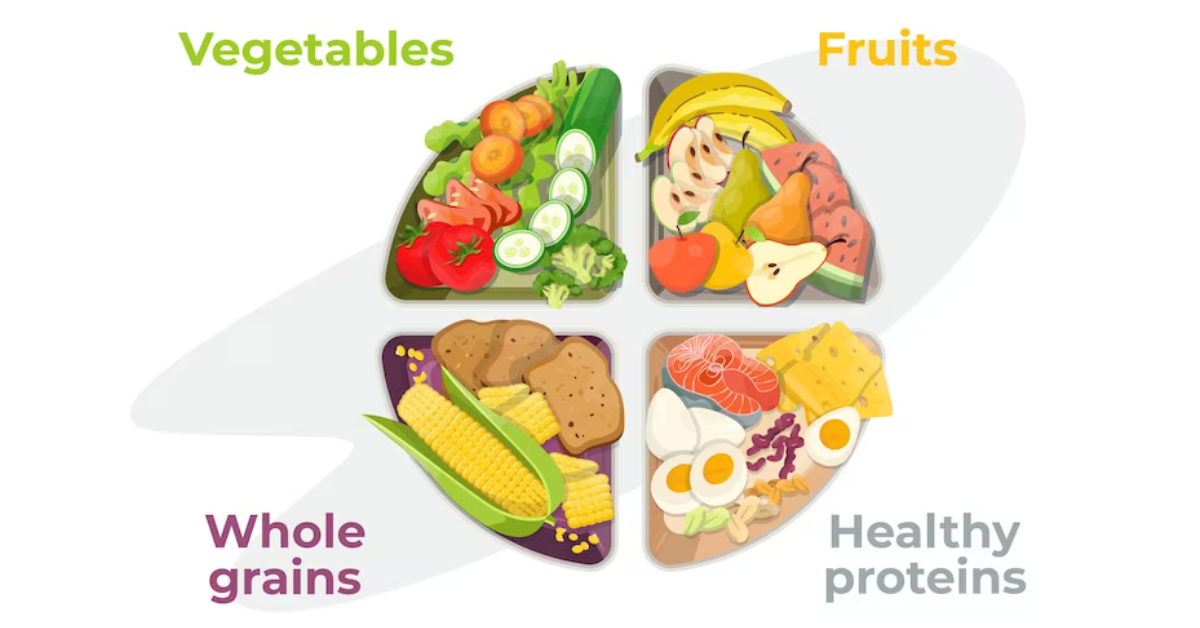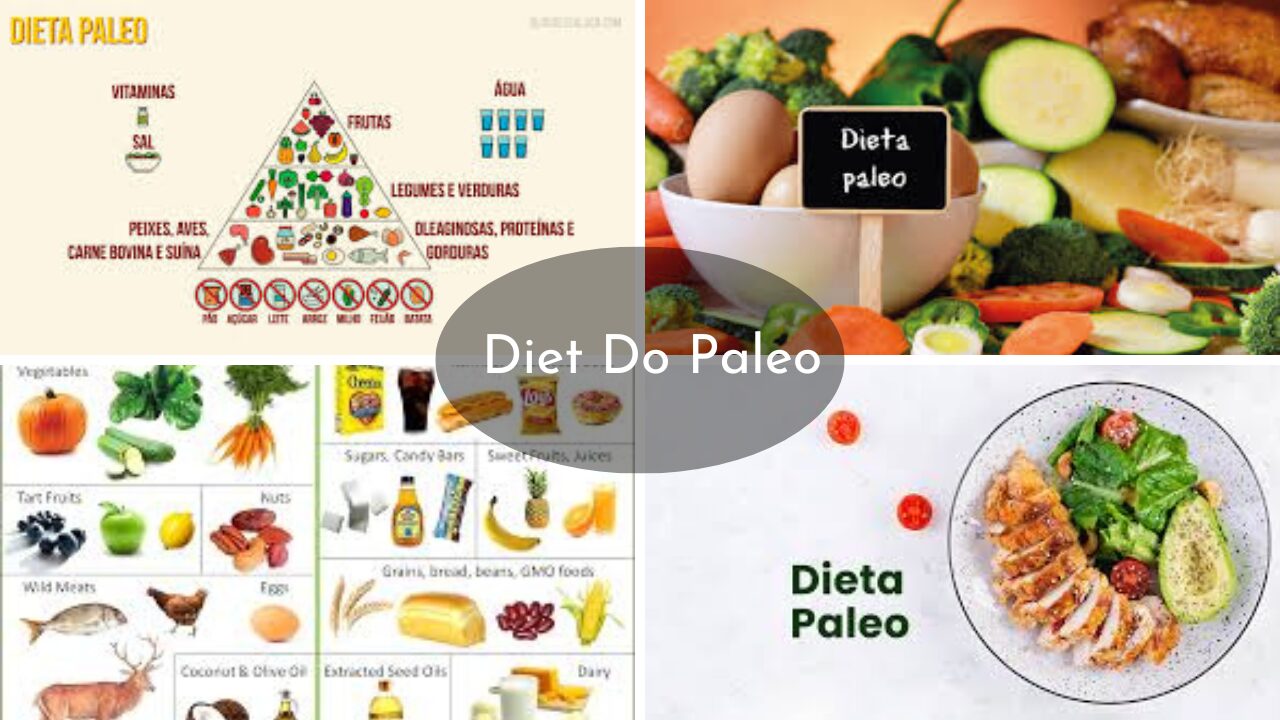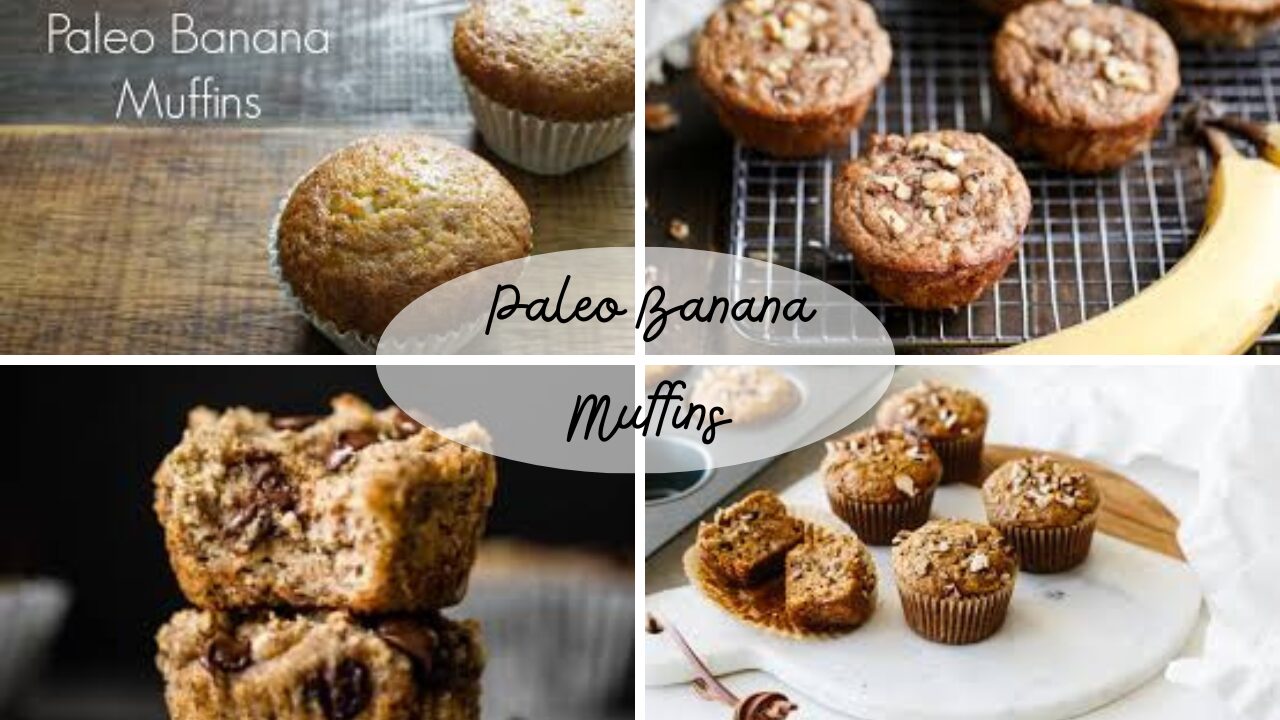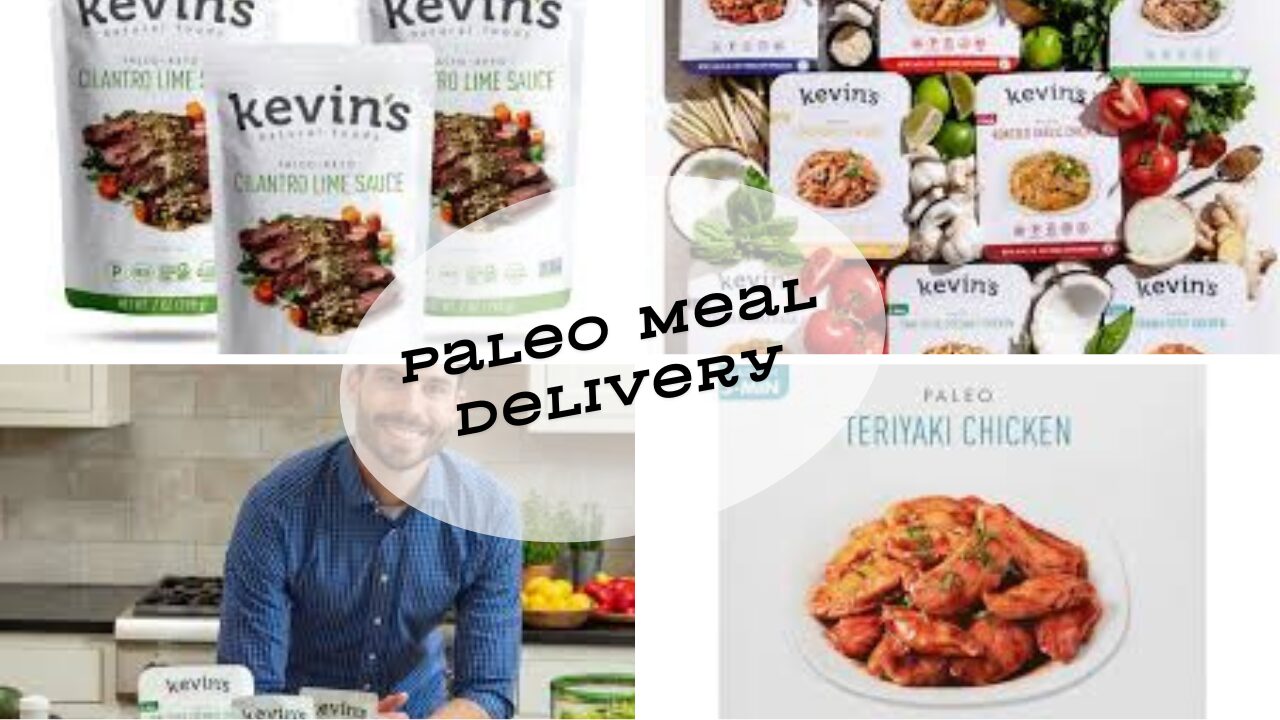The Paleo diet, short for the Paleolithic diet, is gaining popularity for its emphasis on consuming foods that our ancestors might have eaten during the Paleolithic era. This diet primarily focuses on whole, unprocessed foods to promote better health and well-being. If you’re new to the Paleo lifestyle, you might be wondering, “What can you eat on Paleo?” In this comprehensive guide, we’ll explore the principles of the Paleo diet and provide you with a list of delicious and nutritious foods to include in your Paleo journey.
Understanding what can you eat on paleo
The Paleo diet is based on the premise that our bodies are best adapted to the diet of our pre-agricultural ancestors. This means avoiding processed foods, grains, dairy, and legumes while embracing whole foods like meat, fish, fruits, vegetables, nuts, and seeds.
Recommended:- What is Paleo Diet?: Unearth the Secrets of Health and Wellness
What does a paleo diet consist of
The Paleo diet, short for the Paleolithic diet, is based on the idea of eating foods that were available to our ancestors during the Paleolithic era, a period that lasted about 2.5 million years and ended around 10,000 years ago with the advent of agriculture. The primary focus of the Paleo diet is on whole, unprocessed foods that mirror what our hunter-gatherer ancestors might have consumed. Here’s a breakdown of what a Paleo diet typically consists of:
What can you eat on paleo?
1. Meat and Poultry:
Include lean cuts of grass-fed beef, poultry (chicken, turkey), pork, and game meat.
Opt for organic and pasture-raised options whenever possible.
2. Fish and Seafood:
Enjoy fatty fish like salmon, mackerel, and sardines for their omega-3 fatty acids.
Incorporate shellfish such as shrimp, crab, and lobster for variety.
3. Fruits:
Consume a variety of fresh fruits, such as berries, apples, oranges, and melons.
Limit dried fruits and fruit juices due to their higher sugar content.
4. Vegetables:
Load up on non-starchy vegetables like leafy greens, broccoli, cauliflower, and bell peppers.
Minimize starchy vegetables like potatoes and corn.
5. Nuts and Seeds:
Snack on almonds, walnuts, chia seeds, and flaxseeds for healthy fats and protein.
Use nut and seed flours in Paleo-friendly baking recipes.
6. Fats and Oils:
Use healthy fats like olive oil, coconut oil, and avocado oil for cooking.
Avocado and coconut are excellent sources of healthy fats for salads and snacks.
7. Eggs
Include eggs in your diet for a rich source of protein and essential nutrients.
Choose free-range or pastured eggs when possible.
Herbs and Spices:
Enhance the flavor of your dishes with herbs and spices like garlic, ginger, basil, and oregano.
Experiment with different seasoning blends to keep your meals exciting.
Foods to Avoid on the Paleo Diet
On the Paleo diet, certain foods are avoided due to their perceived lack of alignment with the dietary habits of our Paleolithic ancestors. The focus is on eliminating processed and modern foods that emerged with the advent of agriculture. Here is a list of foods to avoid on the Paleo diet:
1. Grains:
Wheat, barley, rice, oats, and other grains are excluded. This includes products made from these grains, such as bread, pasta, and cereals.
2. Dairy:
Milk, cheese, yogurt, and other dairy products are not part of the Paleo diet. This exclusion is based on the idea that dairy consumption increased with the advent of agriculture.
3. Legumes:
Beans, lentils, peanuts, and soy-based products are avoided. Legumes contain anti-nutrients and are excluded due to their potential digestive impact.
4. Processed Foods:
Processed and packaged foods with additives, preservatives, and artificial ingredients are minimized or eliminated. The emphasis is on whole, unprocessed foods.
5. Refined Sugar:
Sugary snacks, desserts, and beverages are excluded. This includes candies, sodas, and other sources of refined sugars.
6. Industrial Seed Oils:
Oils derived from industrial seed sources like soybean oil, corn oil, and canola oil are avoided due to their high omega-6 fatty acid content.
7. Trans Fats:
Foods containing trans fats, often found in partially hydrogenated oils, are excluded. These fats are associated with various health risks.
8. Artificial Sweeteners:
Artificial sweeteners, such as aspartame, sucralose, and saccharin, are avoided. The focus is on using natural sweeteners like honey and maple syrup in moderation.
9. Highly Processed Meats:
Processed meats like sausages, hot dogs, and certain deli meats may contain additives and preservatives. Minimize the consumption of such processed meat products.
10. Alcohol:
While some variations of the Paleo diet may allow moderate alcohol consumption, strict adherence may involve avoiding alcohol due to its modern cultivation and processing methods.
It’s important to note that individual interpretations of what can you eat on paleo diet may vary, and some people may choose to make adjustments based on their specific health goals and needs.
Also Read:- Paleo Diet Meal Plan For Weight Loss
Conclusion
In conclusion, the Paleo diet offers a simple yet effective approach to nutrition by focusing on whole, nutrient-dense foods. By understanding what can you eat on paleo and making mindful choices, you can embark on a journey toward better health and well-being. Experiment with different recipes, stay creative in the kitchen, and enjoy the numerous benefits that come with embracing a Paleo lifestyle. Whether you’re seeking weight loss, improved energy levels, or better digestion, the Paleo diet provides a solid foundation for a healthier you.






